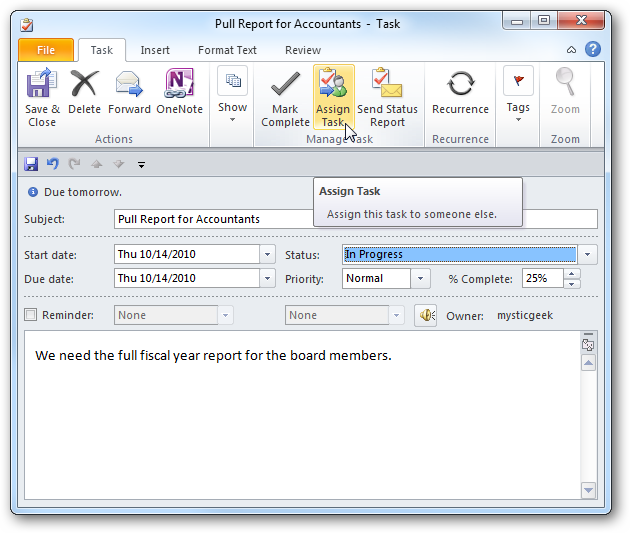
Once costs and hourly rates have been added to Outlook calendar entries with the help of an add-in, it then becomes possible to export the data as a detailed report, complete with graphical charts and tables. That means you (or your team members) can use the company’s basic calendar to input things like hotel costs and even materials. In addition to pricing tasks and time blocks by hourly rate, it’s also possible to use Outlook integrations to add expenses to calendar entries on the fly. Even if you bill clients per project, it’s still extremely valuable to know what your profit margin will be before drafting a proposal. Once that data is set, every time you schedule a calendar event, the entry will contain accurate rate data for that task (or person). Using tools that integrate with the Outlook calendar, it’s possible to define hourly rates for individual team members or tasks. Beyond that, keeping detailed, itemized time logs of your projects makes drafting up proposals and quoting for future jobs far simpler. If you’re looking for ways to improve time tracking in your business, cost savings are almost certainly your primary motivation.Īccurately tracking how many hours you (or your team) spent on a project helps to prove to your clients exactly what they’ve paid for.
So with that in mind, here are five benefits that come from more efficiently tracking time, and how you can use Microsoft Outlook Add-Ins to realize those benefits for yourself:ġ. You (and your team) understand how it works, and you can be certain it’s fully compatible with your current workflow.īetter then, to continue using Microsoft Outlook’s calendar to plan and schedule your projects, whilst employing a few choice productivity integrations or “Add-Ins” to supercharge its time tracking potential. Here’s the thing: Virtually everyone uses Microsoft’s ubiquitous calendar on a daily basis. Microsoft Outlook? Can You Track Time with That? Even Microsoft Outlook’s calendar, the humble office workhorse, can be turned into a powerful time tracking tool with the help of a few choice add-ons. These days, there are many apps specifically designed for the purpose of tracking time and enhancing productivity. Tracking time isn’t the complex and laborious task it once was.


In order to make the best use of the time we have available and gain a competitive edge in business, we need to track, log and analyze our projects to maximize efficiency. That’s probably why we’re all so focused on using it as efficiently as possible. It’s the one resource that we’re all dealt in equal measure. 5 Reasons to Start Tracking Work Time in Microsoft Outlook – How to Track Time in Outlook 5 Reasons to Start Tracking Work Time in Microsoft Outlook – How to Track Time in Outlook


 0 kommentar(er)
0 kommentar(er)
